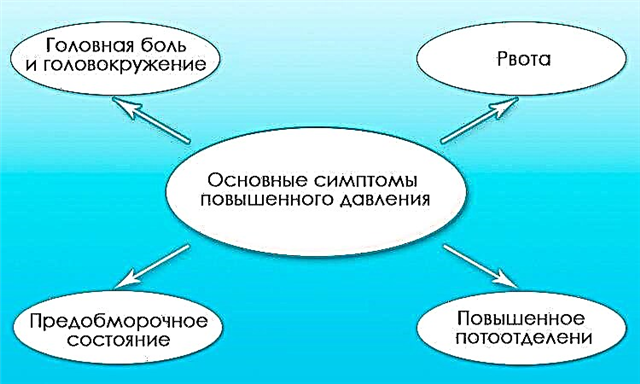The processes occurring in a woman's body are largely determined by the hormonal activity of the gonads. Different phases of the menstrual cycle set the general background for the functioning of organs and systems, which changes as the concentration of estrogen and progesterone shifts. Weakness, dizziness, headaches and pain in the heart during menstruation are likely signs of hormonal imbalance in the body, which must be distinguished from other organic diseases of the cardiovascular system.
The relationship between heart pain and the menstrual cycle
The menstrual cycle of the female body is characterized by periodic changes in tissues and organ systems caused by a gradual increase and decrease in the concentration of sex hormones. There are two phases of the cycle:
- follicular (from the first day of menstruation to ovulation, 14-15 days), which is characterized by a minimum amount of estrogen and progesterone in the blood. At this time, the endometrium of the uterus grows for future egg implantation. In the middle of the follicular phase, the level of estrogen rises, which reaches a maximum at the time of ovulation;
- luteal (from the moment of ovulation to the first day of menstruation) - there is an increased synthesis of progesterone by the corpus luteum in the ovaries.
For more information about the cycle, its periods and their features, see the video below.
The occurrence of cardialgia (pain in the region of the heart) during menstruation or in the first days after is associated with a low concentration of estrogen and progesterone. Estrogens provide vasoprotective ("vascular protection") function against the formation of atherosclerotic plaques, which provoke coronary heart disease (CHD).
The hormonal action aimed at preventing spasm of the vascular muscles is realized through the blockade of the channels that transport calcium ions into the muscle fibers for adequate contraction.
In addition, the presence of special estrogen receptors in the heart has been proven, which determine the activity of nitrogen synthase. The latter is an enzyme that ensures the release of nitric oxide, which expands the pathologically narrowed vessels of the organ. A low concentration of these substances contributes to the occurrence of myocardial ischemia in stressful situations and the development of cardialgia. Characteristics of pain in the heart after menstruation:
- long, more than 10 minutes;
- squeezing character;
- accompanied by an attack of panic with lack of air;
- heart palpitations (more than 90 beats per minute), a feeling of interruptions in the work of the heart.
The occurrence of pain in the heart during the second phase of the menstrual cycle is more rare, since a sufficient amount of estradiol and estriol provides a cardioprotective effect.
What to do with chest discomfort on critical days
The occurrence of intense pain in the heart in any phase of the menstrual cycle is an alarming symptom that requires urgent medical attention.
When cardiac pain occurs in the first phase of the menstrual cycle (the first 15 days after menstruation), the development of coronary heart disease is excluded. The most common provoking factor in exertional angina (one of the forms of ischemic heart disease) is physical activity. Cardialgia against the background of hormonal changes is caused by:
- emotional upheaval;
- acute stress factors;
- smoking;
- alcohol intake.
The most effective pain prevention method is lifestyle modification and prevention of situations that cause cardialgia.
In order to eliminate the adverse effect of the lability of the nervous system, spasm of the smooth muscles of the coronary vessels, the following are used:
- nitrates ("Nitroglycerin", "Isoket", "Nitrosorbide") - drugs that stop an attack of angina pectoris, restore adequate blood flow through the coronary vessels to the muscle fibers of the heart;
- calcium channel blockers ("Amlodipine") - used to eliminate vasospasm;
- sedatives ("Valerian extract", "Glycised", "Novo-Passit") - used for stress etiology of pain syndrome;
- cardioprotective drugs ("Mildronate") - substances that increase the resistance of the myocardium to oxygen deficiency.
In addition, the regular repetition of episodes of pain in the heart before the coming menstruation requires a detailed examination of the cardiologist in order to exclude organic pathology. Also recommend laboratory diagnostics of the concentration of sex hormones in different phases of the menstrual cycle.
Conclusions
The appearance of pain in the heart in women of reproductive age is associated with functional fluctuations in the concentration of estrogen in the blood during different phases of the menstrual cycle. Periodic repetition of episodes of cardialgia indicates persistent changes in the gonads of the female body or cardiovascular diseases, therefore, consultation of narrow specialists is recommended. Pain is treated after a diagnosis is made as prescribed by a doctor.



